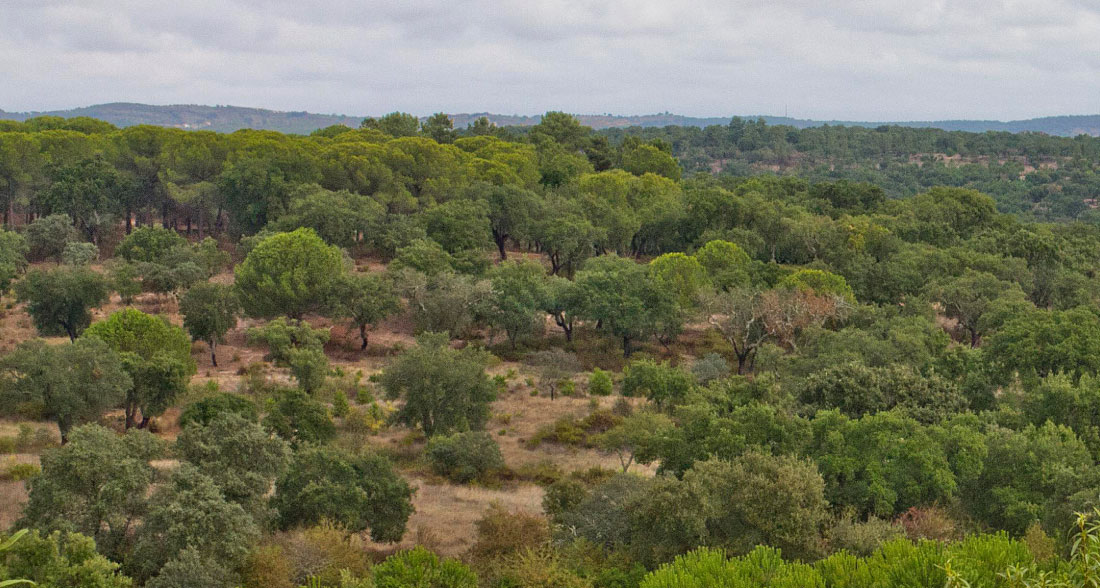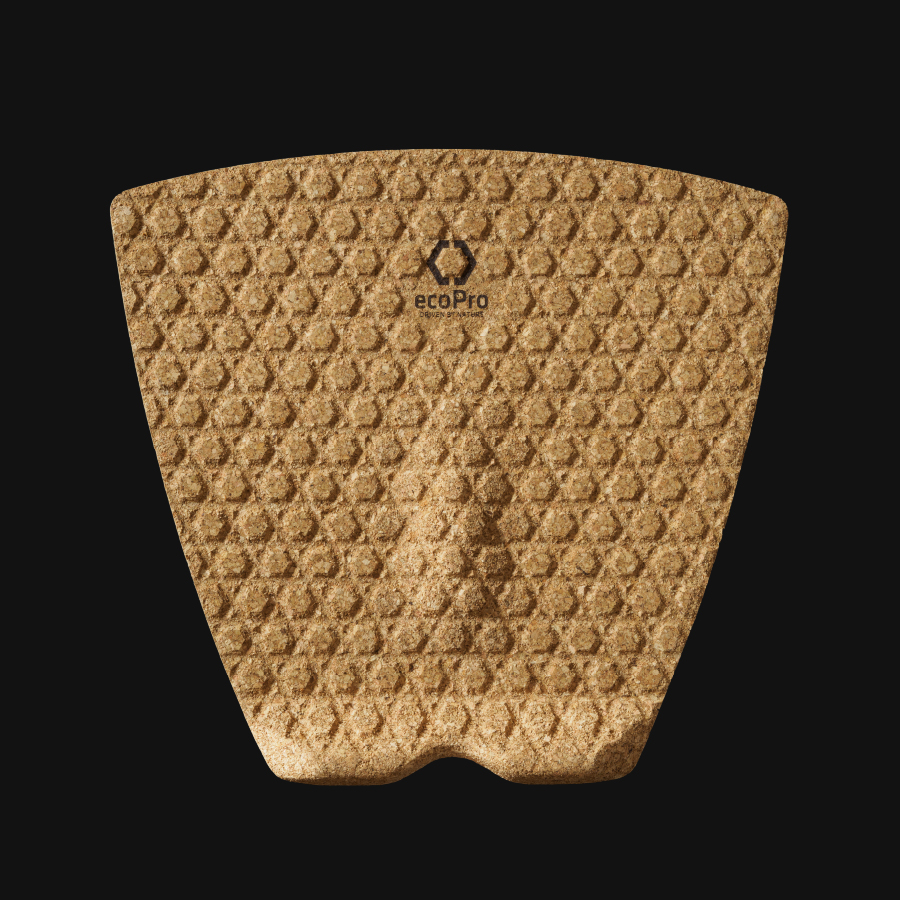Organic and one of the world’s most versatile materials
Cork is 100% natural, elastic, impermeable, lightweight, biodegradable, reusable and recyclable.
Is the outer bark of the cork oak tree, consists of cells like honeycombs filled with an air-like gas.
Cork Tree

Cork Forest
Produce a vast amount of oxygen, provides retention and storage over 20 million tonnes of CO2.
- Combats climate change.
- Prevents soil degradation.
- Regulates the water cycle.
- Fights desertification
- Creates employment.
Lince ibérico (Lynx pardinus) / JM Pérez de Ayala

After milled together this granules are the raw material to produce cork agglomerates.

Composite agglomerates are made from the agglomeration of these cork granules by a process of agglutination using pressure, heat and a binder.


